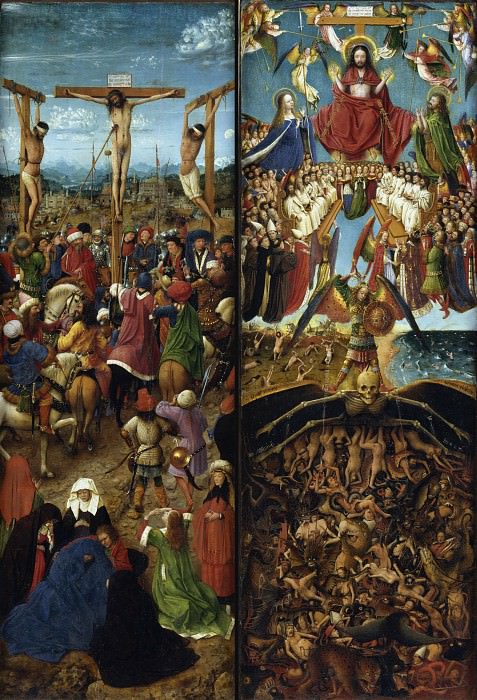The Visionary Art of Neri Oxman
Introduction to Neri Oxman
Neri Oxman, an Israeli-American designer, architect, and professor, has profoundly influenced the intersection of art, science, and technology. Known for her innovative approach, Oxman merges biological processes with architectural and design principles, creating art that is both aesthetically captivating and intellectually stimulating. Her work explores the symbiotic relationship between the built and natural environments, aiming to redefine the way we conceive of and interact with our surroundings.
The Integration of Biology and Design
Oxman’s art is characterized by its seamless integration of biological and digital fabrication techniques. This innovative approach is encapsulated in her concept of "Material Ecology," which she defines as the study and design of products and buildings by integrating computational design, digital fabrication, materials science, and synthetic biology. Oxman's goal is to create structures and objects that grow, change, and adapt in harmony with their environments, much like living organisms.
Silk Pavilion: Nature as Inspiration
One of Oxman’s most renowned projects, the Silk Pavilion, exemplifies her philosophy. Constructed with the help of 6,500 silkworms, the pavilion merges digital fabrication and biological processes. The project began with a robotically woven silk thread scaffold, onto which the silkworms were introduced. The silkworms then completed the structure, spinning silk in a pattern that mimicked their natural habitat. This project not only highlights the potential of biologically-inspired design but also questions traditional manufacturing processes, suggesting a future where construction materials are grown rather than assembled.
Vespers: The Intersection of Art and Technology
Oxman’s "Vespers" series, created in collaboration with the Mediated Matter Group at MIT, showcases her mastery in combining art with advanced technology. These 3D-printed death masks, made from living microorganisms, are both visually striking and conceptually profound. Each mask is designed with intricate, organic patterns that serve as microenvironments for specific microbial cultures. The project explores themes of life, death, and rebirth, pushing the boundaries of what we consider art and how it interacts with living systems.
Aguahoja: From Nature to Architecture
In her "Aguahoja" series, Oxman continues to blur the lines between natural and artificial. These large-scale structures are crafted from biodegradable materials, including cellulose, chitosan, and pectin. The resulting forms, which are both strong and flexible, are reminiscent of natural exoskeletons and plant structures. "Aguahoja" demonstrates the potential for sustainable architecture, where buildings could one day decompose and return to the earth without harming the environment.
The Role of Computation in Oxman’s Work
Computational design is a cornerstone of Oxman’s artistic process. She employs advanced algorithms to simulate and optimize the forms and structures found in nature. By doing so, she can create highly efficient and sustainable designs that traditional methods cannot achieve. This computational approach allows Oxman to experiment with complex geometries and materials, resulting in art that is both cutting-edge and deeply rooted in natural principles.
Collaborative Innovation
Oxman’s work is often the result of interdisciplinary collaboration. She frequently partners with experts in fields such as biology, engineering, and computer science, bringing a wealth of knowledge and perspectives to her projects. This collaborative spirit is essential to her process, enabling her to tackle complex problems and develop innovative solutions that single-discipline approaches might miss.
Neri Oxman’s Influence on Future Generations
Oxman’s impact extends beyond her own creations; she is also a dedicated educator. As a professor at the MIT Media Lab, she mentors the next generation of designers and architects, encouraging them to embrace interdisciplinary approaches and push the boundaries of their fields. Her influence is seen in the growing number of young designers who are exploring the intersections of biology, technology, and art.
The Philosophical Underpinnings of Oxman’s Art
At the heart of Oxman’s work is a deep philosophical inquiry into the nature of human existence and our relationship with the natural world. She challenges conventional notions of art and design, proposing a future where the built environment is not separate from nature but an integral part of it. This holistic vision is both a critique of contemporary practices and a hopeful vision for a more sustainable and harmonious future.
The Aesthetics of Sustainability
Oxman’s art is not only innovative in its methods but also in its aesthetic. Her designs often feature organic, fluid forms that are as beautiful as they are functional. This focus on aesthetics is crucial; by creating sustainable designs that are also visually appealing, Oxman makes the concept of sustainability more attractive and accessible to a broader audience.
Material Innovation in Oxman’s Art
Central to Oxman’s work is her experimentation with materials. She often employs unconventional materials, such as bioplastics and natural fibers, pushing the limits of what these materials can do. Her innovative use of materials is not just about creating novel textures and forms but also about making a statement on the future of manufacturing and sustainability.
The Legacy of Neri Oxman
Neri Oxman’s contributions to the fields of art, design, and architecture are profound and far-reaching. Her work challenges us to rethink our relationship with the natural world and envision a future where technology and biology coexist in harmony. Through her innovative projects and educational efforts, Oxman is shaping a new paradigm for design, one that is sustainable, interdisciplinary, and deeply connected to the living systems around us.
Conclusion
Neri Oxman’s art represents a fusion of science, technology, and nature, creating a new language for design in the 21st century. Her work is a testament to the power of interdisciplinary collaboration and the potential for innovation when we look to the natural world for inspiration. As we face increasing environmental challenges, Oxman’s vision offers a hopeful and compelling path forward, where art and science come together to build a more sustainable and beautiful future.




